There’s a new strategy that lets you know when it’s time to start automating your delivery.
(“Route Planning Threshold”)
We use this strategy to determine whether small businesses need to start planning routes.
And whether or not you should start using route planning software like eLogii to do it.
Today, we’re going to show you what this strategy is, including:
- What is the route planning threshold
- How does it work
- How you can use it
- Whether your delivery ops is big enough to make the next step
So if you’re thinking about starting to plan routes…
…or investing in route planning and optimization software…
WAIT!
This post will help you determine whether your business is actually ready to do it.
Let’s jump right in.
What Is the Route Planning Threshold?
The route planning threshold is a strategy that lets you figure out whether or not you need to start planning routes with software. Once you pass the threshold it isn’t practical anymore to let drivers figure out the routes to drop-off locations on their own. Or manually plan routes.
Why?
It isn’t efficient to keep on handling deliveries in that way because your organization is wasting a lot of time, energy and money fulfilling its daily order volumes.
At that point it’s no longer practical to avoid route planning software. Or delivery and supply chain automation.
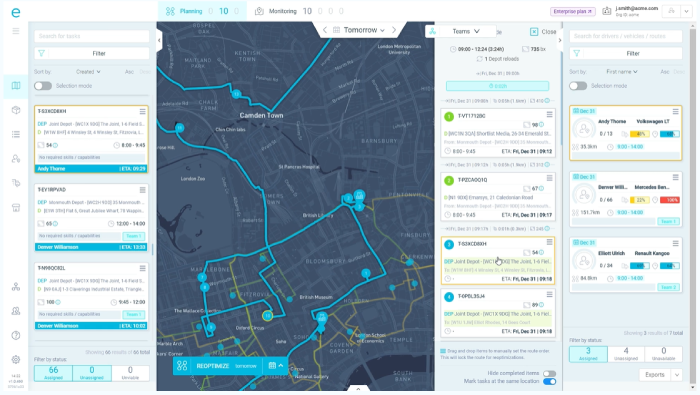
The route planning threshold also isn’t tied to your resources.
So it doesn’t depend on the size of your delivery fleet (how many drivers and vehicles you rely on to fulfill orders).
Nor does it depend on whether you use an internal or external fleet.
Or if you outsource just part of your operations to a third party provider.
Or if you’re an SMB or an enterprise.
The result is always the same:
You’re wasting resources if you’re not planning routes using software.
So basically:
The route planning threshold is a daily order minimum that tells you when it’s time to STOP manually planning routes and when it’s time to START planning routes with software.
So…

Why Does the Route Planning Threshold Matter?
The Route Planning Threshold technique was developed here, at eLogii.
It’s based on 1000+ inquiries and use cases that we’ve had over the years.
And it helps us to determine whether a business really needs our software. Or not.
Because we own and operate a courier service in London. And we do use software.
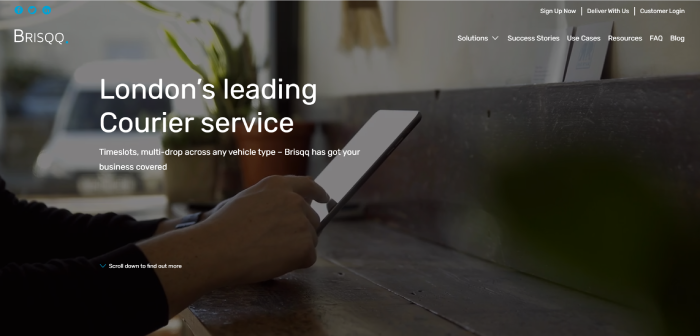
But we also know that the software is expensive.
And that some businesses don’t need it.
(At least not at the moment.)
So by using this strategy, we’re genuinely trying to help out deliveries and supply chains.
That’s why sometimes we advise businesses NOT TO automate, just yet.
Instead, we tell them to focus more on growing and scaling their delivery.
And later, when they’re ready, they come back and invest in automation.
And they’re not alone.
In fact, 51% of all companies on the planet have started investing in automation since 2020. (Delivery Statistics)
So there’s a lot of businesses that haven’t reached the route planning threshold yet.
But when they do, this technique will help them know that.
That’s why we’re focusing this entire article on that.
To explain that there’s a more exact way to determine when the time is right.
And to do that, you need to understand…
How Does the Route Planning Threshold Work?
So how do you determine the route planning threshold?
When do you know when you’ve crossed it?
Simple:
It all has to do with your average order value.

And how much money you spend per delivery to fulfill an order.
For example:
The average cost is $10.1 per delivery.
Typically, businesses charge customers $8.08 to cover these costs.
That’s 80% of the delivery cost.
While your business covers the remaining 20%.
If the average order value is lower than the average delivery cost then it doesn’t make sense to charge it to customers.
People don’t want to spend more money on the delivery than on the purchase.
No one is willing to pay $10 for delivery on a $9 order.
So you’re left with four options:
- To absorb the cost of delivery yourself.
(But this raises your operational costs.)
- To transfer the cost of delivery onto the customer by raising prices.
(But this makes you less competitive on the market.)
- To set a minimum order value for customers to qualify for delivery.
(But this can frustrate customers and lower their intent to order and buy goods.)
- To reduce the cost per delivery by optimizing your operation.
And that’s EXACTLY where the route planning threshold comes in.
When Do You Know That You Have Crossed the Route Planning Threshold?
There are three ways of knowing that your delivery has crossed the route planning threshold.
First, your average cost per delivery is higher than your average order value.
This is the most obvious one.
In this case, your delivery operations are simply too expensive to sustain.
So you’re lowering profit margins by covering the cost of delivery yourself.
Or you’re becoming less competitive by transferring the cost to customers.
Which makes your products or delivery service more expensive.
Again, this lowers profitability because consumers are less likely to buy from you.
And that reduces your:
- Number of customers
- Conversions
- Order volumes
Second, your demand is exceeding your delivery capacity.
Be it peak seasonal demand or day-to-day operations…
Whether you’re using an internal or external delivery fleet…
The result is the same if your delivery is struggling to keep up with order volumes:
You’re leaving a lot of money on the table when you fail to deliver those orders.
So what do you do?
Well, you can expand your delivery fleet.
But that requires a lot of capital investment to buy new vehicles and onboard drivers.
Or you can outsource to a last-mile delivery carrier.
But that raises the cost of delivery since you have to add on carrier fees to operational costs.
Instead:
You can cut operational costs by making your delivery more efficient.
With small investment into route planning software, you can gut operational waste.
And increase the number of orders your existing fleet can handle each day.
Third, you have to scale your operations.
When you outgrow the current size of your delivery.
Or you’re looking to expand to new markets.
It makes sense to expand your delivery operations.
But that raises its complexity.
So you have to invest more time, money, and effort into route planning.
And if you’re still planning routes manually this can raise your costs significantly.
That simply isn’t practical anymore.
So in that case, it’s much smarter to invest in route planning software.

What Happens When You Cross the Route Planning Threshold?
There are three things you need to do when your delivery reaches the route planning threshold:
#1 Make a decision to automate.
#2 Choose a route planning solution.
#3 Start planning and optimizing routes.
Here’s a breakdown of each of these stages:
#1 Make a decision to automate.
Once you’ve crossed over the route planning threshold, you’re left with two options.
You can either leave things as they are.
Spend capital to expand your operations to fill in the gaps.
Continue to waste resources on inefficient operations.
And provide a subpar delivery experience.
Or:
You can make a conscious decision to automate your delivery process.
Use software to improve how you plan routes and manage your delivery.
Without having to onboard new employees.
Or invest massive amounts of money to add new vehicles to your fleet.
Basically, it helps you to reduce or completely remove operational waste.
And get back complete control of your delivery.
That lets you handle more orders with what you have at the moment.
To provide a better service to your customers.
With maximum efficiency and complete transparency through features like route optimization and live tracking.
Not to mention, continuously improve your delivery by analyzing it through verified data.
To help you at this stage, here are additional resources that you can use as a guide:
#2 Choose a route planning solution.
When you have decided to take the path of automation, it’s time to select a routing solution.
And here, there’s a lot to take into consideration.
And A LOT OF solutions to choose from.
Not every software solution will be right for you.
But neither is every software the same.
So how do you choose the best one for your business?
Here’s the deal:
We’re not saying you should choose eLogii.
But you should at least consider it.
After all, you’re here. Aren’t you?
Still, there’s a bare minimum your solution HAS TO HAVE.
(We do. That’s why businesses big and small choose us.)
And here it is:
1. You should look for a cloud-based route planning solution.
2. It should be able to plan and optimize delivery routes.
3. It should be able to process and optimize all routes under 3 minutes.
4. It should let you plan routes with multiple stops.
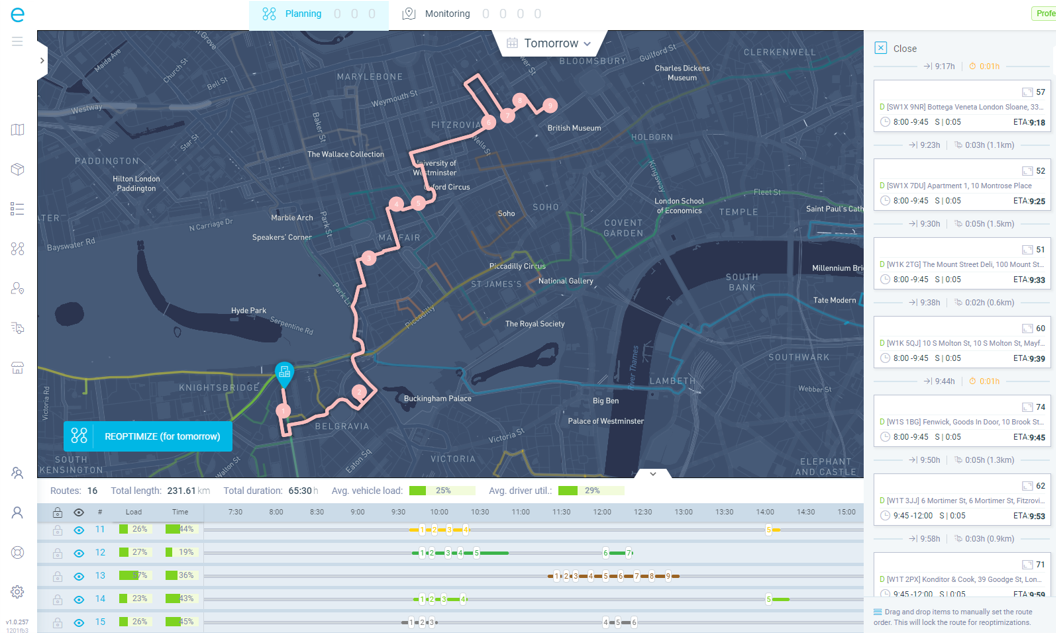
5. It should let you create unlimited drivers and user profiles.

6. It should let you import and export order and delivery data.
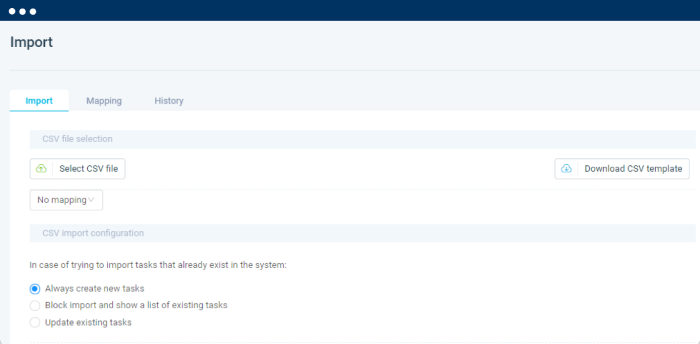
7. It should enable you to integrate the software with other solutions.
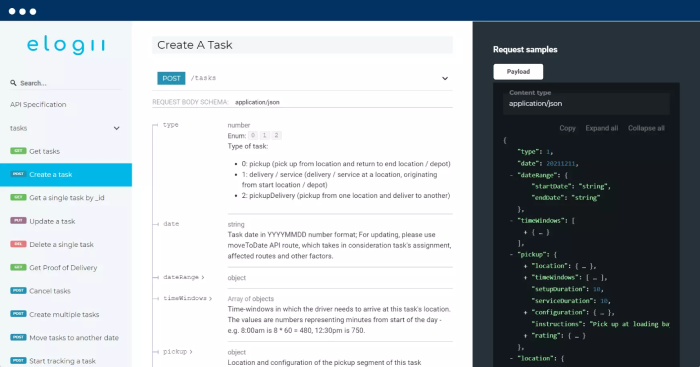
8. It should support live tracking.
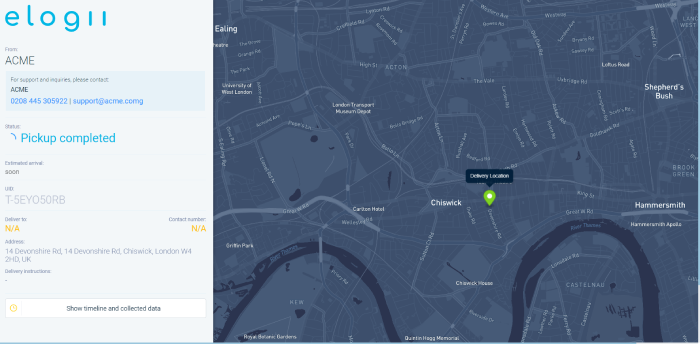
9. It should come with a driver app.
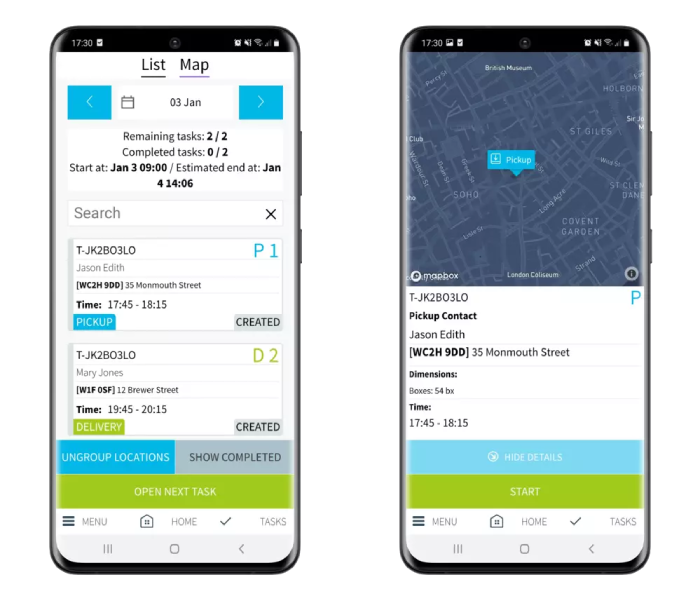
10. It should be consumer-oriented with customer notifications.
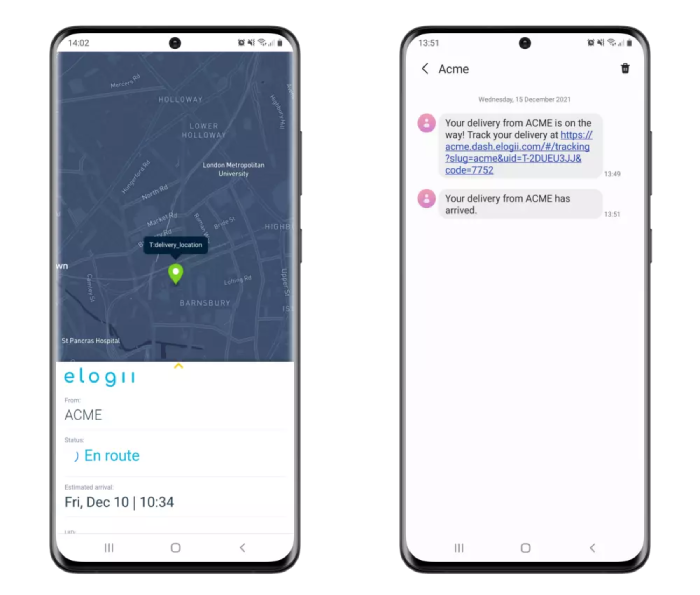
These are the essentials you should look for.
Regardless of the size, shape, industry, or complexity of your business.
And if want more information, we did a lot of in-depth guides on this topic:
#3 Start planning and optimizing routes.
This is the most important stage.
Even if you haven’t crossed the route planning threshold.
The matter of fact is:
YOU NEED TO START PLANNING DELIVERY ROUTES.
It’s 2022.
It’s all about delivery.
And if you’re struggling to keep up, you’ll either leave a lot of money on the table.
Or you’ll get left completely behind.
So start thinking about your route planning today.
And if you think you’re ready to cross the routing threshold…
Take the next step…
And choose a software solution for your business…
Then…
